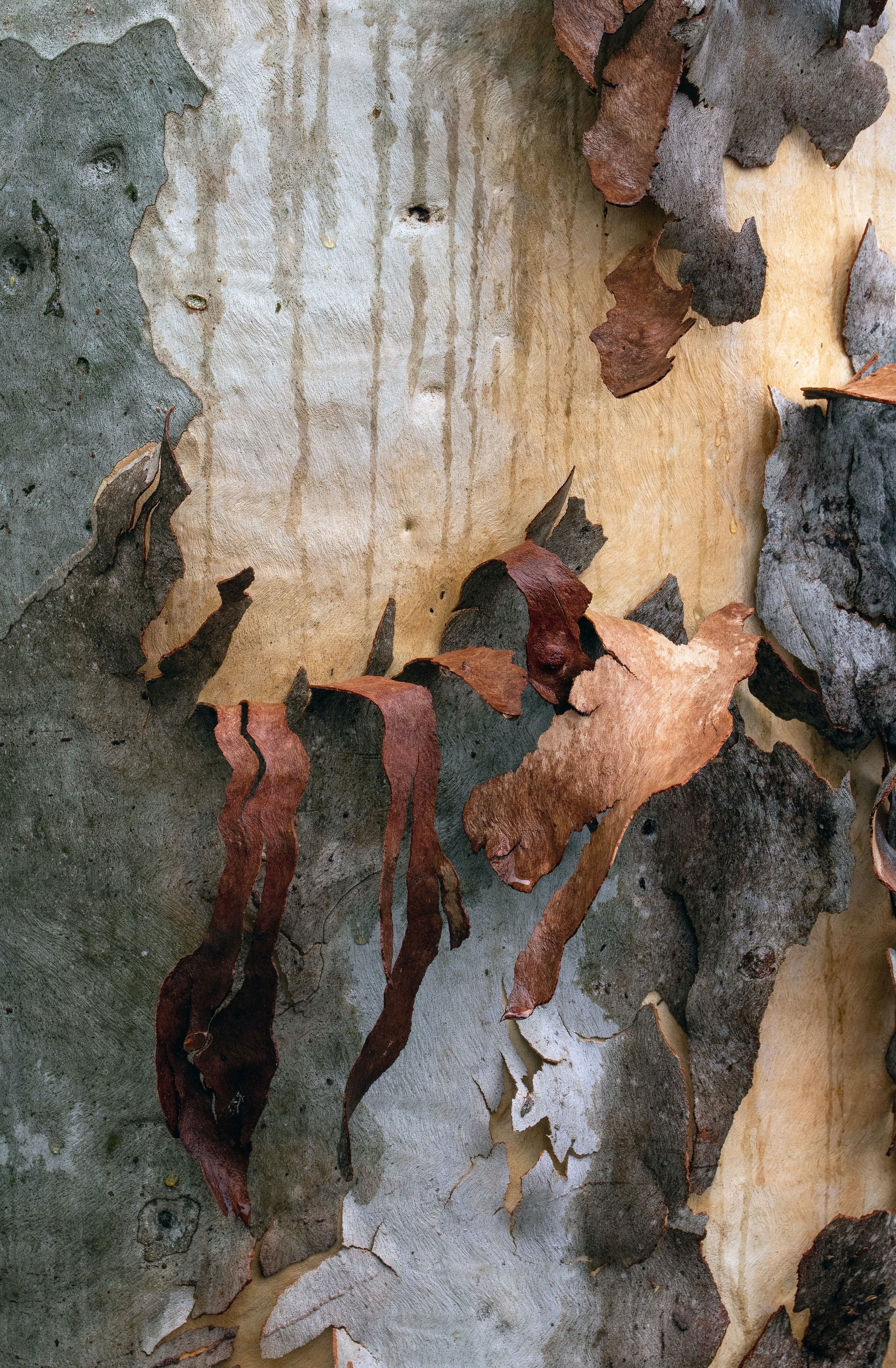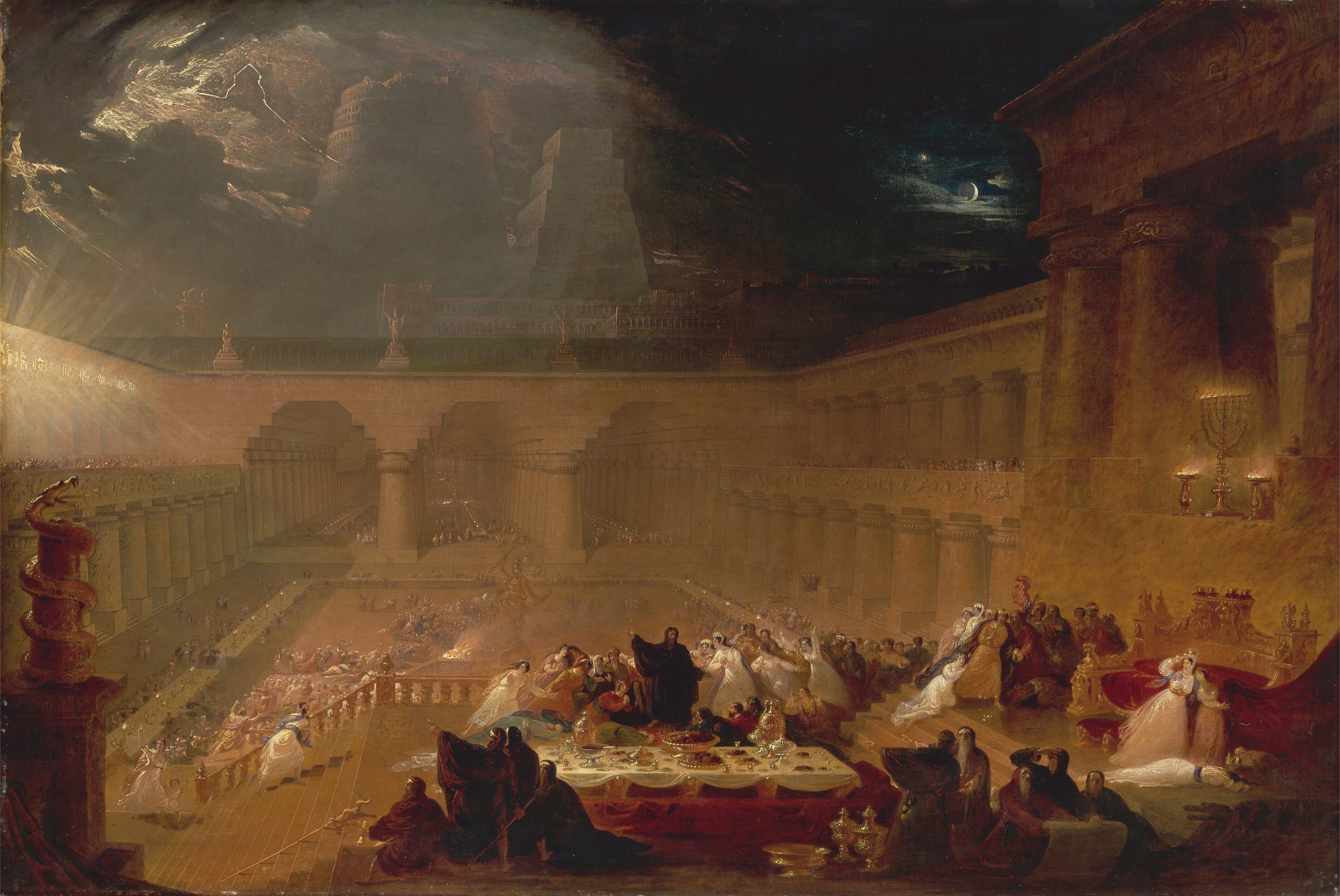The Tender, Deeper Story

The Tender, Deeper Story
Jamie Lapeyrolerie
When I first laid eyes upon Henry Ossawa Tanner’s 1893 oil painting The Banjo Lesson, I found myself stirred in a deeply personal way that I would not soon forget. I had never heard of the artist or the painting before 2018, but as I dug deeper into Tanner’s story and the creation that sprung forth, it brought me to a profound revelation of the power and heritage of art.
Henry Ossawa Tanner, The Banjo Player
Contained within Tanner’s careful, sweeping brushstrokes, the painting frames the tender scene of a Black elder teaching a young Black child the banjo within the context of a beautifully caring relationship. The older Black man gently holds the top of the banjo, as the young boy takes in his teaching from his perch on the man’s lap, working hard to place his hands on the right strings and playing the right notes.
From a technical standpoint, Tanner’s use of light is incredible—the soft light cast from a fireplace outside the image draws the eye to both subjects. But more than that, the painting moved me with the evocation of instant comfort; the connective tissue between generations and family; the inherent respect and dignity; the act of knowledge being passed down. I couldn’t help but think of the wisdom that was passed down from my Grandpa, my Dad and the reminder of the grace and resilience that runs through my veins.
While this experience is deeply personal to me, this painting and Black history aren’t only for someone like me. Black history is all our history. Not only as a nation, but as the Church. Ephesians 5:30 reminds us that we are members of Christ’s body and Romans 12:5 tells us, that in Christ “though many, form one body, and each member belongs to all the others.” As different members, we seek to understand and honor each other, often through as simple of an act as taking the time to learn of a history and life that is different from our own.
*
Tanner was the first internationally renowned African American artist, who lived most of his adult life in Paris—understandable as a Black man who lived during the Jim Crow era. In 1891, Tanner sailed to Europe to pursue his craft. It was in Paris that he felt a freedom he never found in the States.
While Tanner “felt no animosity toward his native land,” wrote Marcia M. Mathews in a biography of Tanner, “he knew that he could not be a productive artist in a country that looked upon his race with reservations, if not contempt. He thought of himself, as did many Americans living in Paris, as a voluntary though reluctant exile, only in his case the reason had to do with racial acceptance far more than with art.”
The Banjo Lesson was painted on a trip back to America in 1893. While in the States, Tanner was invited to speak at one of the symposiums of the World’s Columbian Exposition in Chicago. This address, according to Dewey F. Mosby in Across Continents and Cultures: The Art and Life of Henry Ossawa Tanner, was a look at the “African-American life some thirty years after the Emancipation Proclamation, and provided the first real overview of Black leadership and African American aspirations across the nation.” Tanner encouraged the crowd that Black artists have the same talent and ability as white artists.
Tanner sought to portray his people in a more honest, humane, and loving way, fighting against the many demeaning and stereotypical minstrel depictions that ran rampant during the Jim Crow era. “He who has the most sympathy with his subjects will obtain the best results,” wrote Tanner, according to Mosby. “To his mind many of the artists who have represented [Black] life have only seen the comic, the ludicrous side of it, and have lacked sympathy with and appreciation for the warm big heart that dwells within.”
The world recognized Tanner’s talent when The Banjo Lesson was accepted for the 1894 Paris Salon. But more importantly, The Banjo Lesson was a visual depiction of what millions of Black Americans desired: To be seen and to be valued for their humanity. For the iconic words we would see in the Memphis sanitation workers’ strike decades later—“I am a man”—to ring true in society, in policy, in art, in everyday life.
As I immersed myself in Tanner’s story, I felt increasingly connected to him and his art. Maybe it was because he was a Black man who also had white ancestors (his biracial grandfather was the son of a white man)—a similar history also runs through my own Creole blood from my dad’s side. Maybe it is a shared love of France (again, my Creole roots). Or maybe it was because The Banjo Lesson reminded me of my grandpa, who spent his 100 years of life in small town Louisiana (although his instrument of choice was the harmonica). And maybe because deep down, I needed to be reminded of the strength I saw in that painting. The bond of family and of generations who had each suffered so much, but continued to find joy.
*
I originally came across Tanner through Instagram. I’ve long followed the National Gallery of Art’s account and in February 2018, they posted Tanner’s painting, The Seine, along with the hashtag #blackhistorymonth. The painting not only caught my eye because it was beautiful, but the hashtag did as well, since the piece looked to be early 1900s (based on my limited knowledge of art history), and I wasn’t familiar with any Black American artists of that time period. A quick internet search led me to The Banjo Lesson—which immediately led to my purchasing every book I could find on Tanner’s art and life.
I love Black History Month for many reasons, but one is the opportunity to learn of new-to-me faith leaders, artists, writers, scientists, engineers, and everyday people who made a difference through each generation of American history. With each new “discovery,” I often wonder, what else am I missing? What beauty, what art, is still out there? What haven’t we been taught? By researching and taking time to learn about Black artists and creatives (and those in other fields), we each have the opportunity to understand more about Black history than merely the struggles of Black people. If the only part of Black History you know is the trauma, you are missing out on a vast array of the beauty of blackness.
It goes without saying that learning of the struggles is absolutely key. The newest fight against this only confirms the importance. We must confront our history and reckon with the racial injustice (in society and in the church) to be able to move forward. But, it is also important to remember that Black people are more than the trauma they and their ancestors have endured. Black History Month is also a celebration of the vibrant cultural contributions that have brought incredible beauty and joy to the world for centuries. The art, poetry, and music of Black people have consistently influenced American culture and is worthy of celebration and honor.
*
There is a stark contrast between merely understanding the concept of Imago Dei, and the practical realities of living a life pursuing this truth for the sake of all. The latter often requires more personal work and sacrifice—this is worth the effort. When we listen and value what brothers and sisters in Christ are sharing, we are richer and stronger in our faith, and we will see true change. The second commandment given by Jesus, “love your neighbor as yourself” (Mark 12:31) is one of the first things we learn as believers. That kind of love means supporting, celebrating, listening, and not rejecting Black people’s experiences.
As Scripture makes clear, art is part of God’s design. It points us to hope, joy, peace, and renewal. It can help us restore what we once thought broken, draw us to worship Christ, and points us toward seeing and honoring the humanity in each other. The Banjo Lesson reveals a glimpse into the lives of two Black Americans, those made in the image of God. Through embracing and learning of the beauty of other cultures than our own, we cultivate a deeper understanding of God and His beautiful diversity.
Jamie Lapeyrolerie
Writer & Editor
Jamie is an editor at Penguin Random House and also a writer. She is passionate about books and story and how they encourage and change people’s lives. Her work has been featured in Christ & Pop Culture Magazine, Beloved Women, and Hope for Women Magazine. You can find her work here: musingsofjamie.wordpress.com





